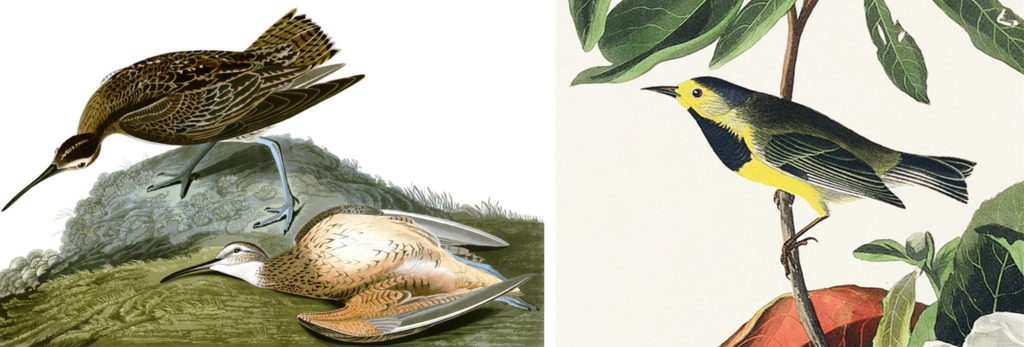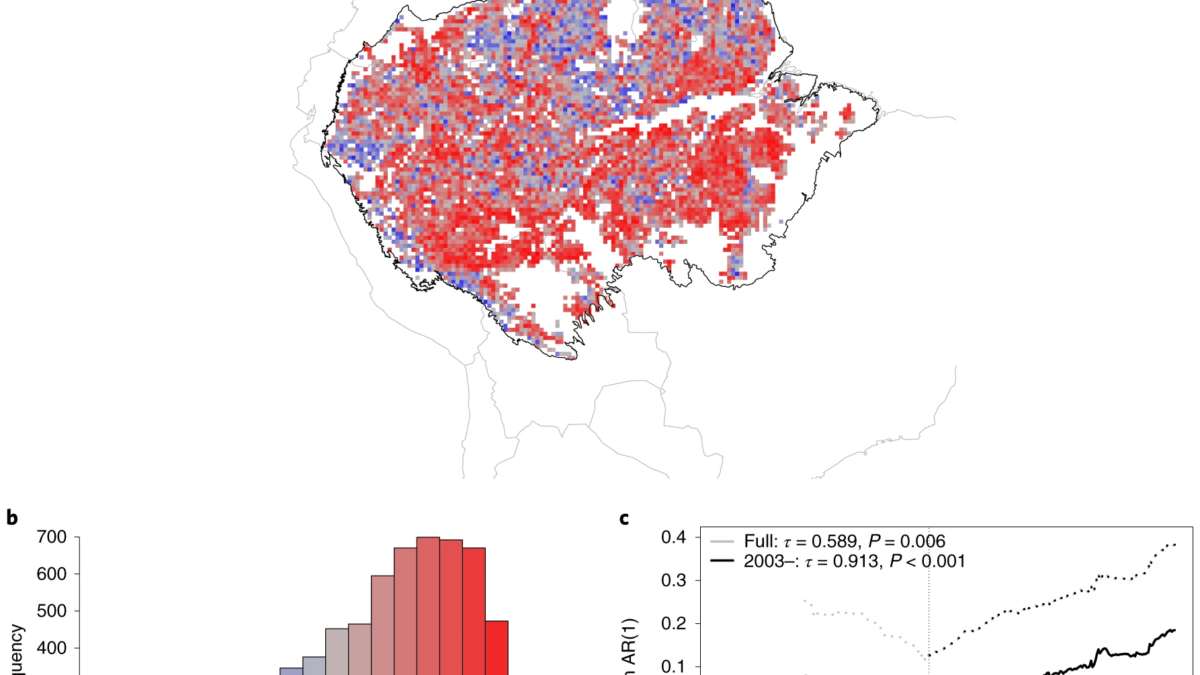Earth on trajectory to Sixth Mass Extinction say biologists – “Including invertebrates is key to confirming that we are indeed witnessing the onset of the Sixth Mass Extinction in Earth’s history”

By Marcie Grabowski
14 January 2022
(UH News) – Mass biodiversity extinction events caused by extreme natural phenomena have marked the history of life on Earth five times. Today, many experts warn that a Sixth Mass Extinction crisis is underway, this time entirely caused by human activities.
A comprehensive assessment of evidence of this ongoing extinction event was published in Biological Reviews by biologists from the University of Hawaiʻi at Mānoa and the Muséum National d’Histoire Naturelle in Paris, France.
“Drastically increased rates of species extinctions and declining abundances of many animal and plant populations are well documented, yet some deny that these phenomena amount to mass extinction,” said Robert Cowie, lead author of the study and research professor at the UH Mānoa Pacific Biosciences Research Center in the School of Ocean and Earth Science and Technology. “This denial is based on a highly biased assessment of the crisis which focuses on mammals and birds and ignores invertebrates, which of course constitute the great majority of biodiversity.”
By extrapolating from estimates obtained for land snails and slugs, Cowie and co-authors estimated that since the year 1500, Earth could already have lost between 7.5% and 13% of the two million known species—a staggering 150,000 to 260,000 species.
“Including invertebrates was key to confirming that we are indeed witnessing the onset of the Sixth Mass Extinction in Earth’s history,” said Cowie.
Extinction hits island species disproportionately
The situation is not the same everywhere, however. Although marine species face significant threats, there is no evidence that the crisis is affecting the oceans to the same extent as the land. On land, island species, such as those of the Hawaiian Islands, are much more affected than continental species. And the rate of extinction of plants seems lower than that of terrestrial animals.

Denial of Sixth Mass Extinction
Unfortunately, along with science denial taking a foothold in modern society on a range of issues, the new study points out that some people also deny that the sixth extinction has begun. Additionally, others accept it as a new and natural evolutionary trajectory, as humans are just another species playing their natural role in Earth’s history. Some even consider that biodiversity should be manipulated solely for the benefit of humanity—but benefit defined by whom?
“Humans are the only species capable of manipulating the biosphere on a large scale,” Cowie emphasized. “We are not just another species evolving in the face of external influences. In contrast, we are the only species that has conscious choice regarding our future and that of Earth’s biodiversity.”
To fight the crisis, various conservation initiatives have been successful for certain charismatic animals. But these initiatives cannot target all species, and they cannot reverse the overall trend of species extinction. The authors believe it is essential to continue such efforts, to continue to cultivate a wonder for nature, and crucially to document biodiversity before it disappears.
“Despite the rhetoric about the gravity of the crisis, and although remedial solutions exist and are brought to the attention of decision-makers, it is clear that political will is lacking,” said Cowie. “Denying the crisis, accepting it without reacting, or even encouraging it constitutes an abrogation of humanity’s common responsibility and paves the way for Earth to continue on its sad trajectory towards the Sixth Mass Extinction.”
This research is an example of UH Mānoa’s goal of Excellence in Research: Advancing the Research and Creative Work Enterprise (PDF), one of four goals identified in the 2015–25 Strategic Plan (PDF), updated in December 2020.
Earth on trajectory to Sixth Mass Extinction say biologists
The Sixth Mass Extinction: fact, fiction, or speculation?
ABSTRACT: There have been five Mass Extinction events in the history of Earth’s biodiversity, all caused by dramatic but natural phenomena. It has been claimed that the Sixth Mass Extinction may be underway, this time caused entirely by humans. Although considerable evidence indicates that there is a biodiversity crisis of increasing extinctions and plummeting abundances, some do not accept that this amounts to a Sixth Mass Extinction. Often, they use the IUCN Red List to support their stance, arguing that the rate of species loss does not differ from the background rate. However, the Red List is heavily biased: almost all birds and mammals but only a minute fraction of invertebrates have been evaluated against conservation criteria. Incorporating estimates of the true number of invertebrate extinctions leads to the conclusion that the rate vastly exceeds the background rate and that we may indeed be witnessing the start of the Sixth Mass Extinction. As an example, we focus on molluscs, the second largest phylum in numbers of known species, and, extrapolating boldly, estimate that, since around AD 1500, possibly as many as 7.5–13% (150,000–260,000) of all ~2 million known species have already gone extinct, orders of magnitude greater than the 882 (0.04%) on the Red List. We review differences in extinction rates according to realms: marine species face significant threats but, although previous mass extinctions were largely defined by marine invertebrates, there is no evidence that the marine biota has reached the same crisis as the non-marine biota. Island species have suffered far greater rates than continental ones. Plants face similar conservation biases as do invertebrates, although there are hints they may have suffered lower extinction rates. There are also those who do not deny an extinction crisis but accept it as a new trajectory of evolution, because humans are part of the natural world; some even embrace it, with a desire to manipulate it for human benefit. We take issue with these stances. Humans are the only species able to manipulate the Earth on a grand scale, and they have allowed the current crisis to happen. Despite multiple conservation initiatives at various levels, most are not species oriented (certain charismatic vertebrates excepted) and specific actions to protect every living species individually are simply unfeasible because of the tyranny of numbers. As systematic biologists, we encourage the nurturing of the innate human appreciation of biodiversity, but we reaffirm the message that the biodiversity that makes our world so fascinating, beautiful and functional is vanishing unnoticed at an unprecedented rate. In the face of a mounting crisis, scientists must adopt the practices of preventive archaeology, and collect and document as many species as possible before they disappear. All this depends on reviving the venerable study of natural history and taxonomy. Denying the crisis, simply accepting it and doing nothing, or even embracing it for the ostensible benefit of humanity, are not appropriate options and pave the way for the Earth to continue on its sad trajectory towards a Sixth Mass Extinction.


